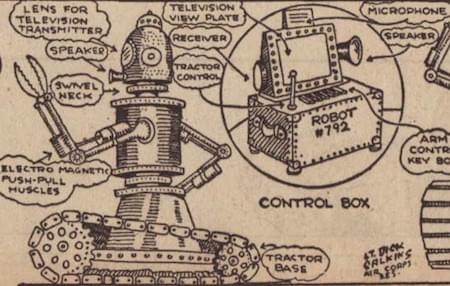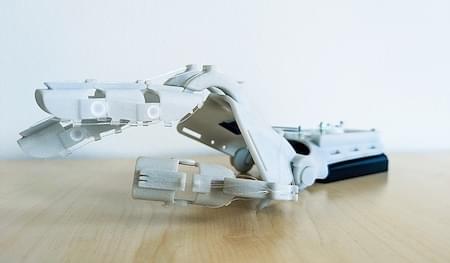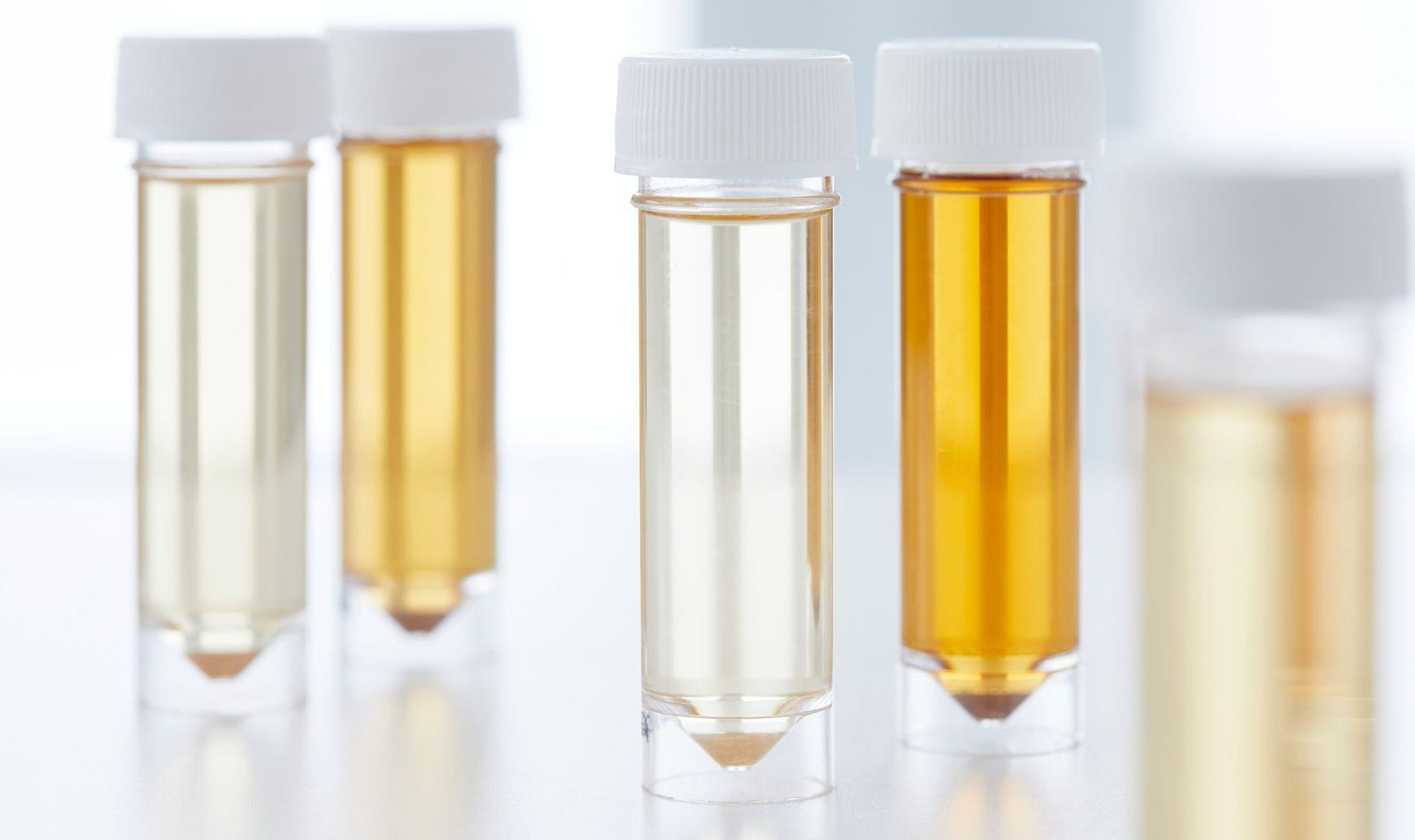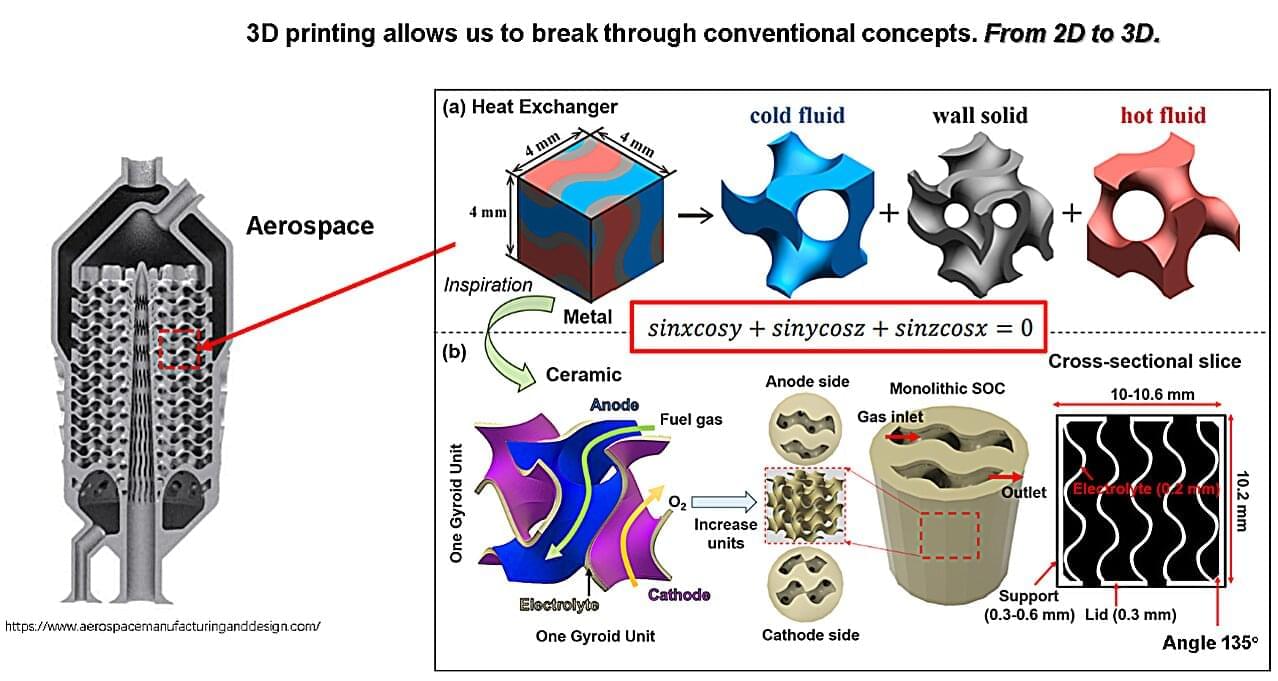Godrat trojan targets financial institutions via malicious skype files, leveraging steganography and gh0st RAT legacy



A new exploit combining two critical, now-patched security flaws in SAP NetWeaver has emerged in the wild, putting organizations at risk of system compromise and data theft.
The exploit in question chains together CVE-2025–31324 and CVE-2025–42999 to bypass authentication and achieve remote code execution, SAP security company Onapsis said.

The U.K. government has apparently abandoned its plans to force Apple to weaken encryption protections and include a backdoor that would have enabled access to the protected data of U.S. citizens.
U.S. Director of National Intelligence (DNI) Tulsi Gabbard, in a statement posted on X, said the U.S. government had been working with its partners with the U.K. over the past few months to ensure that Americans’ civil liberties are protected.
“As a result, the U.K. has agreed to drop its mandate for Apple to provide a ‘backdoor’ that would have enabled access to the protected encrypted data of American citizens and encroached on our civil liberties,” Gabbard said.

The remotely-operated robot tank is an old idea…’
Unmanned Boats Attack At Sea ‘The autofreighter smashed into the boat…’
Iron Drone Raider Counter-UAV Operations ‘You’ve got an aggressive machine up in the air now.’ — Robert Sheckley, 1953.
Bunker Busters and Bore-Pellets ‘The first revelation of the new Soviet bore-pellets.’ — Philip K. Dick, 1955.

3D-Printed Exoskeleton Learns From Your Hand ‘…small electric motors at the principal joints worked the prosthetic framework by means of steel cables…’ — Fritz Leiber, 1968.
Smartwatch Powered By Slime Mold ‘Living protoplasm incorporated into the Ampek F-a2 recording system…’ — Philip K. Dick, 1966.
Carpentopod Walking Table ‘Twoflower’s Luggage, which was currently ambling along on its little legs…’


A software vulnerability checker with the potential to become a repair shop could keep critical computer systems one step ahead.
High-profile cyberattacks, such as the one that compromised British retailer Marks & Spencer’s customer data in April 2025, highlight the need for better ways to detect software vulnerabilities in the computer systems that increasingly control everything, from oil pipelines to hospital records.
To help, an international research team including Khalifa University’s Merouane Debbah, has developed SecureQwen, a smart software checker that automatically detects and flags vulnerabilities for repair. Powered by an AI model trained in the language of computer code, SecureQwen could even identify weaknesses that it had not explicitly been taught or come upon before.

America’s deadliest hurricanes: The top 10 storms that left lasting scars.
The deadliest hurricanes in U.S. history show how flooding and surge turn storms into mass killers. Here are the top 10.

Over the past decades, energy engineers have been developing a wide range of new technologies that could power electronic devices, robots and electric vehicles more efficiently and reliably. These include solid oxide cells (SOCs), electrochemical devices that can operate in two different modes, as fuel cells or as electrolyzers.